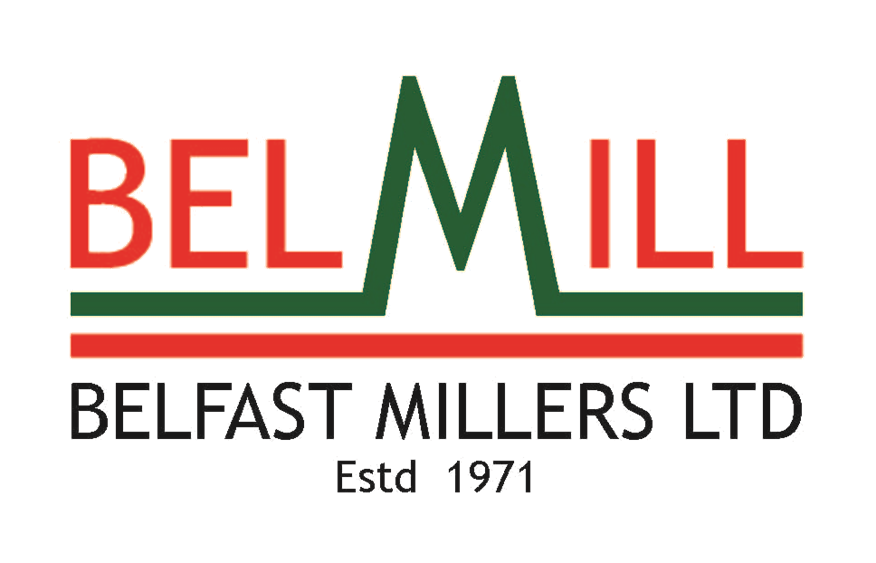Feeding Plan
Starter & Grower
Feed to Piglets from day 7 up to weaning.
Place feed on a flat tray and away from the sows feeding area.
Start with small quantities and gradually increase the rations.
At week 7 mix with sow & weaner meal to ensure smooth transition in to the weaning phase.
Give 0.5 to 1 kg daily.
Sow & Weaner
Feed from 8 weeks to weaning piglets. Fortified with essential amino acids and nutrients to facilitate early weight gain and overall good health for weaners.
Initially the piglets should be fed 1 kg. This should be increased gradually to a maximum of 2.5 kg.
Sows and gilts should be fed between 2.5 to 3 kg for body maintenance.
For pregnant sows give up to 3.5 kg per day.
For lactating sows give 2.5 kg to improve milk yield and give extra 0.25 kg for each piglet.
Overfeeding will negatively impact reproductive performance and should be avoided.
Pig Finishing Meal
This should be fed once the Pigs attain 60 kg body weight to the point where they are ready for the market.
Feed up to 3kg per pig per day.
Management
In addition to providing quality feeds for your livestock, good management is critical in achieving the optimum performance on your farm. From our many years of experience, we have developed the following guidelines to outline the basic management requirements to improve the performance of your farm.
Breeding Period
Reproduction is one of the main components of the pig industry. Good management and appropriate nutrition is necessary for successful reproductive performance to produce maximum number of piglets per sow per year.
Sows selected for breeding should have good mothering ability.
Gilts attain sexual maturity at 8 months depending on nutritional level. Sows come on heat every 21 days. Heat detection is critical for successful natural mating or artificial insemination.
Pigs need a dry bedding, proper ventilation, access to feed and water and proper hygiene.
Dry concrete floor is preferred to prevent injuries.
Stocking density should not interfere with animal welfare and performance.
Piglets
Pregnant sows should be moved to clean farrowing pens a week before farrowing. Piglet's navel should be disinfected with iodine immediately after farrowing.
As soon as piglets are born they should be fed on colostrum. Colostrum contains antibodies which helps boost immunity of the piglets, weaker piglets should be assisted to the teat so as to get colostrum.
The farrowing area should have a creep area where piglets are kept to avoid being crushed by the sow.
Piglets are usually sensitive to cold during the first 10 days hence they should be kept warm by providing warmth through artificial lighting and bedding.
Iron injection should be given on the third day to prevent piglet anemia.
Teeth clipping should be done to avoid injuring the sow’s teat while suckling.
Male piglets not selected for breeding should be castrated at week 3.
Water is a very important nutrient hence plenty of fresh clean water should be available at all times.
De-worm to protect from internal parasites.
Growing and Finishing pigs
Piglets from different sows should not be mixed.
If necessary place pigs of the same type and size together and spray with a solution of distinct smell to get rid of identification scent to avoid fighting.
During this phase pigs must grow as fast as possible. To attain this, they must eat as much of the right feed as possible without becoming too fat.
Adequate feeding and water troughs should be available.
Pigs should be de-wormed to protect them from internal parasites.
Record Keeping
It’s essential in effective management and a necessary tool for decision making.
Records kept for the sows should include: age, service date, expected farrowing date, litter size, piglets born alive, stillbirths, pre weaning mortality rates and expected weaning date so that the sows can be returned to the boar for service and health records.
This helps in determining sows for future breeding by selecting those with high litter sizes and regular farrowing and low preweaning mortality rates.
Piglets records include: identification number, birth weights, weaning weights and health records.




